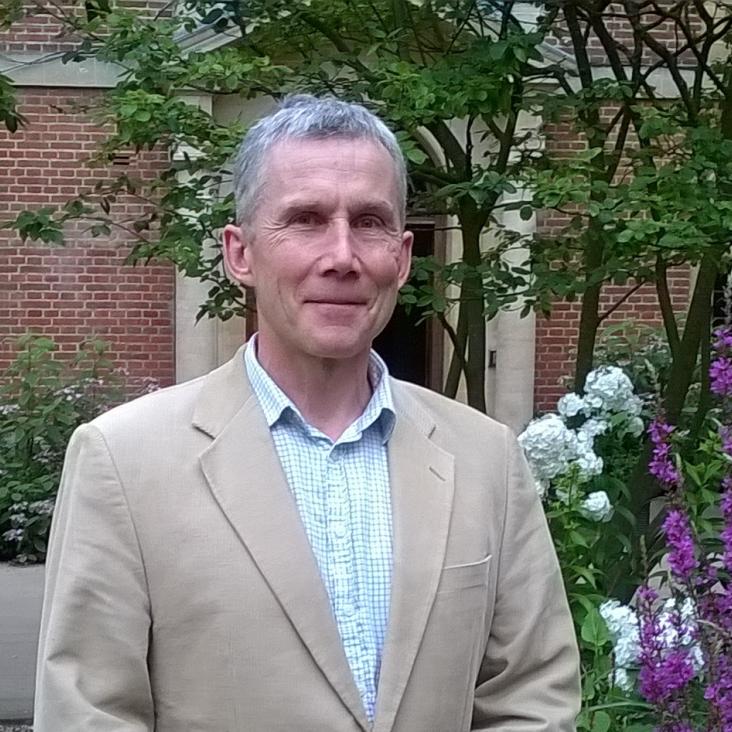Laser spectroscopy of the tin isotopes
Journal of Physics B: Atomic and Molecular Physics 16:14 (1983) 2485-2497
Abstract:
Isotope shifts of all the stable isotopes and the hyperfine splittings of 115Sn, 117Sn and 119Sn have been measured in the transitions 5s25p23P0-5s 25p6s3P1 at 286 nm in Sn I. Tin atoms in a collimated beam to reduce the Doppler width were excited by radiation at 286 nm generated by frequency doubling the light from a CW ring dye laser. Spectra were recorded by monitoring the subsequent decay and calibrated by optical heterodyning. The relative positions of the isotopes are, in MHz: 112; 0.0(1.0), 114;319.5(1.3), 115;412.7(1.1), 116;640.0(0.6), 117;746.8(0.7), 118;945.2(0.7), 119;1039.3(1.1), 120;1214.4(0.5), 122;1448.5(0.7), 124;1656.0(0.7). The bracketed uncertainties are added in quadrature to give the errors of the isotope shifts. For odd-even shifts involving 112, 114, 120, 122 and 124 an extra 0.5 MHz must be added in quadrature. The hyperfine splitting factors of 5s25p6s3P1 are, in MHz: A(115)=-4395.4 (2.1), A(117)=-4790.71(1.7), A(119)=-5014.8(1.9). The results are interpreted in terms of the electronic and nuclear properties of the tin isotopes.LASER SPECTROSCOPY OF THE TIN ISOTOPES
JOURNAL OF PHYSICS B-ATOMIC MOLECULAR AND OPTICAL PHYSICS 16:14 (1983) 2485-2497
ISOTOPE EFFECTS IN THE NUCLEAR-CHARGE DISTRIBUTION IN ZINC
PROCEEDINGS OF THE ROYAL SOCIETY OF LONDON SERIES A-MATHEMATICAL PHYSICAL AND ENGINEERING SCIENCES 384:1786 (1982) 205-216


